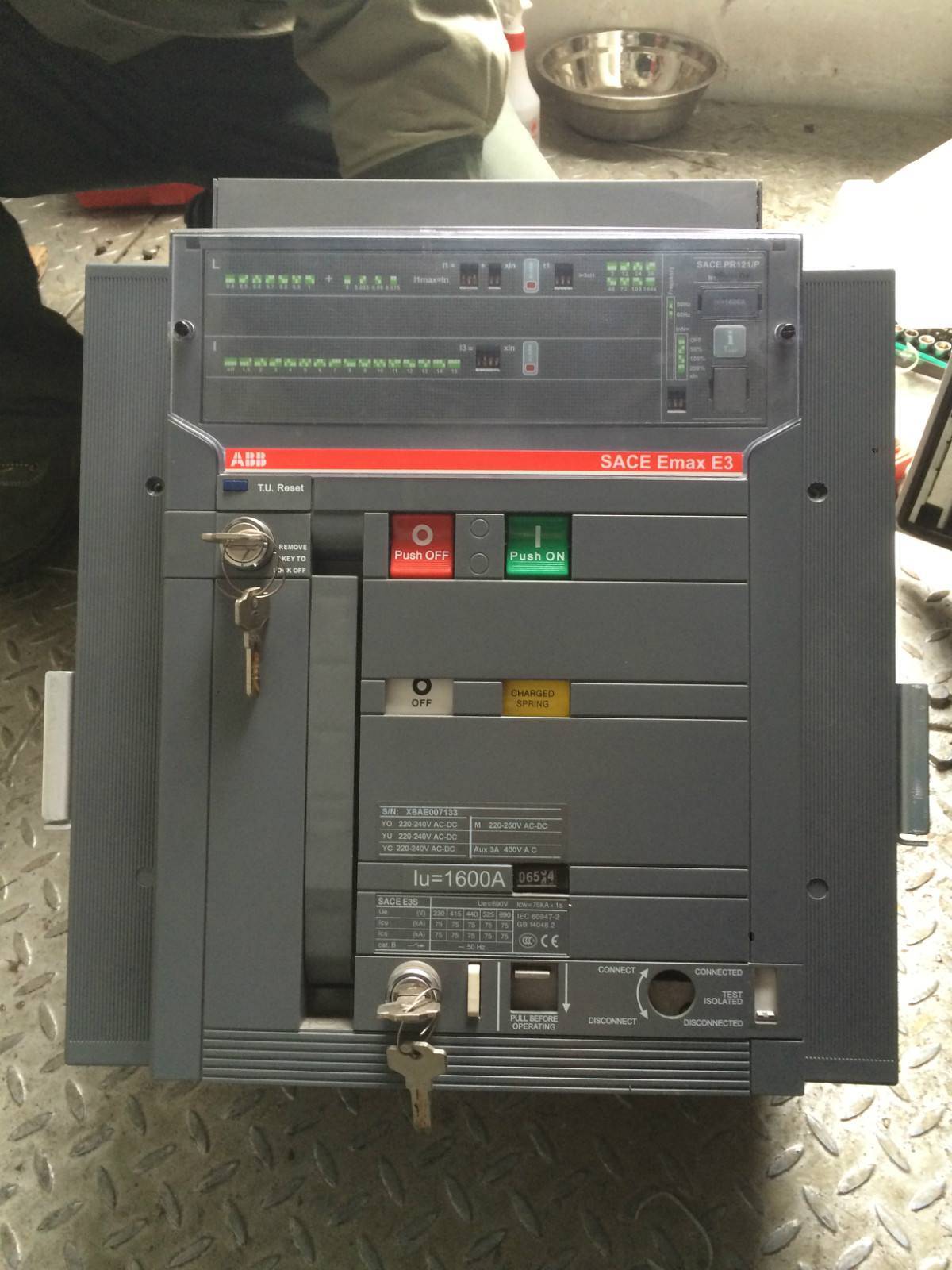What is the function of the thermal relay in the switch box?
 The **thermal relay** in the switch box is mainly used for **overload protection of the motor**
The **thermal relay** in the switch box is mainly used for **overload protection of the motor**
. Its core function is to cut off the power supply when the motor is overloaded by monitoring
the change of current, so as to prevent the motor from being damaged due to overheating.
The following are its specific functions and working principles:
I. Core Functions
1. **Overload Protection**
- When the load of the motor is too large (such as mechanical jamming or low voltage),
the current will exceed the rated value. The thermal relay senses the abnormal current through
the **thermal effect of the bimetallic strip**. After heating up, the bimetallic strip bends and
deforms, triggering the tripping mechanism, breaking the control circuit, making the contactor
trip and cutting off the power supply of the motor.
2. **Phase Loss Protection**
- If one phase of the three-phase power supply is open-circuited (such as a fuse blowing),
the motor may be overloaded due to single-phase operation. Some thermal relays have
the **phase loss protection function**, which can detect the imbalance of the three-phase current and cut off the power in a timely manner.
II. Working Principles
1. **Thermal Effect of Current**
- Inside the thermal relay, there are **bimetallic strips** (formed by bonding two metals with different expansion coefficients) and
**heating elements**. When the current of the motor is normal, the heat generated by the heating element is not enough to make the
bimetallic strip deform; when overloaded, the current increases, the heating element heats up, and the bimetallic strip bends due to
uneven expansion.
2. **Operation and Reset**
- After the bimetallic strip bends to a certain extent, it pushes the tripping mechanism to break the control circuit (such as the contactor
coil circuit), and the motor is powered off. After the fault is eliminated, the operation can be restored through **manual or automatic reset**.
III. Other Functions
- **Temperature Compensation**: Some thermal relays are equipped with **temperature-compensated bimetallic strips**, which can offset
the influence of environmental temperature changes on the protection accuracy.
- **Cooperation with Contactors**: Thermal relays are usually used in combination with contactors (such as **magnetic starters**) to achieve
the integration of "control + protection".
IV. Differences from Other Protection Devices
| Device | Protection Type | Characteristics |
| Thermal Relay | Overload, Phase Loss | Slow response (in seconds), reusable |
| Fuse | Short Circuit, Severe Overload | Fast response (in milliseconds), one-time fusing |
V. Selection and Precautions
- **Rated Current Matching**: Select the **setting current range** of the thermal relay according to the rated current of the motor (generally
1.05 to 1.15 times the rated current of the motor).
- **Installation Location**: It needs to be installed in the main circuit of the motor and connected in series with the three-phase windings of the motor.
- **Regular Calibration**: Ensure the accuracy of the action value of the thermal relay to avoid false operation or refusal to operate.
**Conclusion**: The thermal relay is the "body temperature protector" of the motor. It indirectly protects the motor by monitoring overheating
of the current and is an indispensable safety component in the electrical control system.


